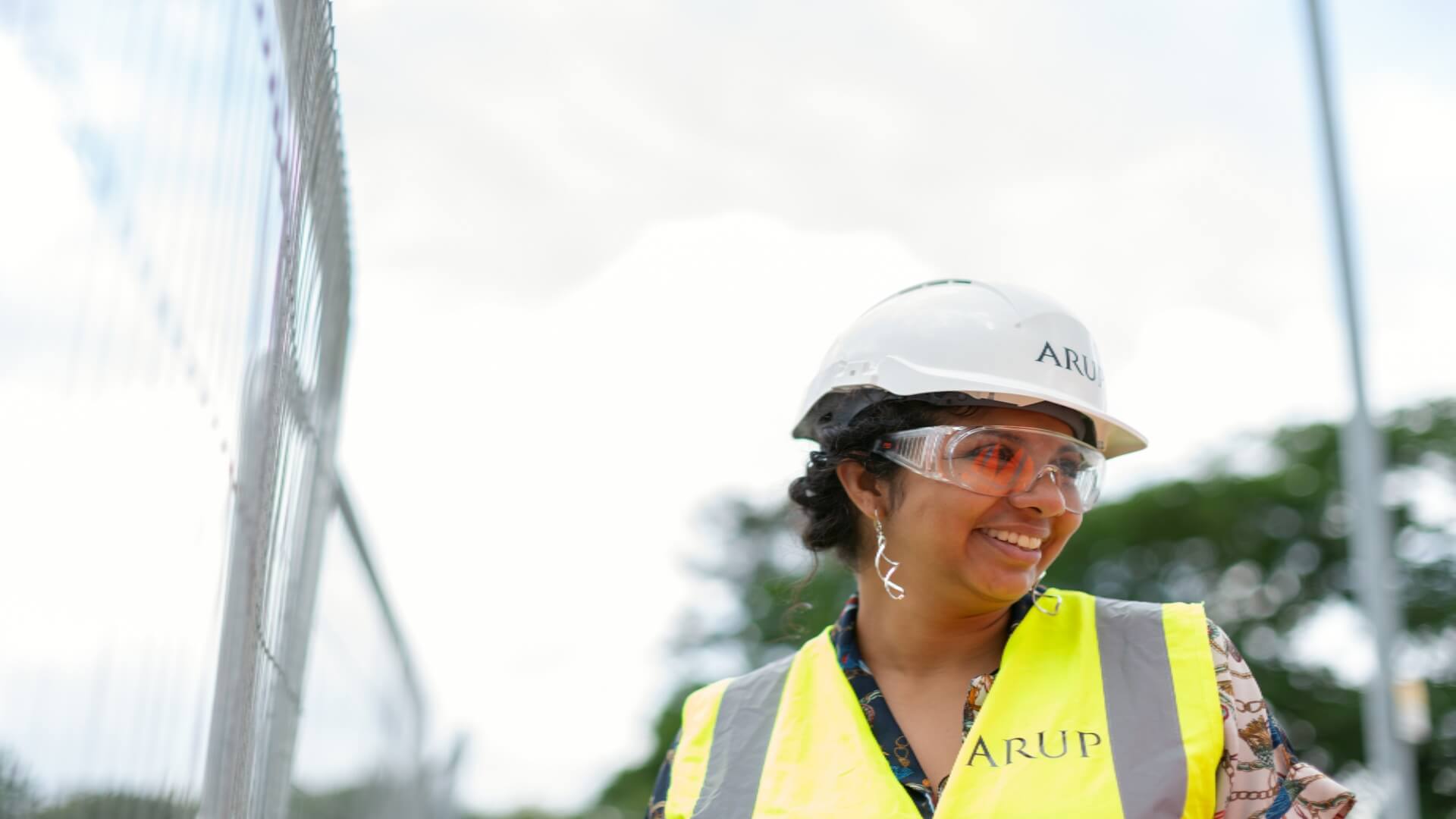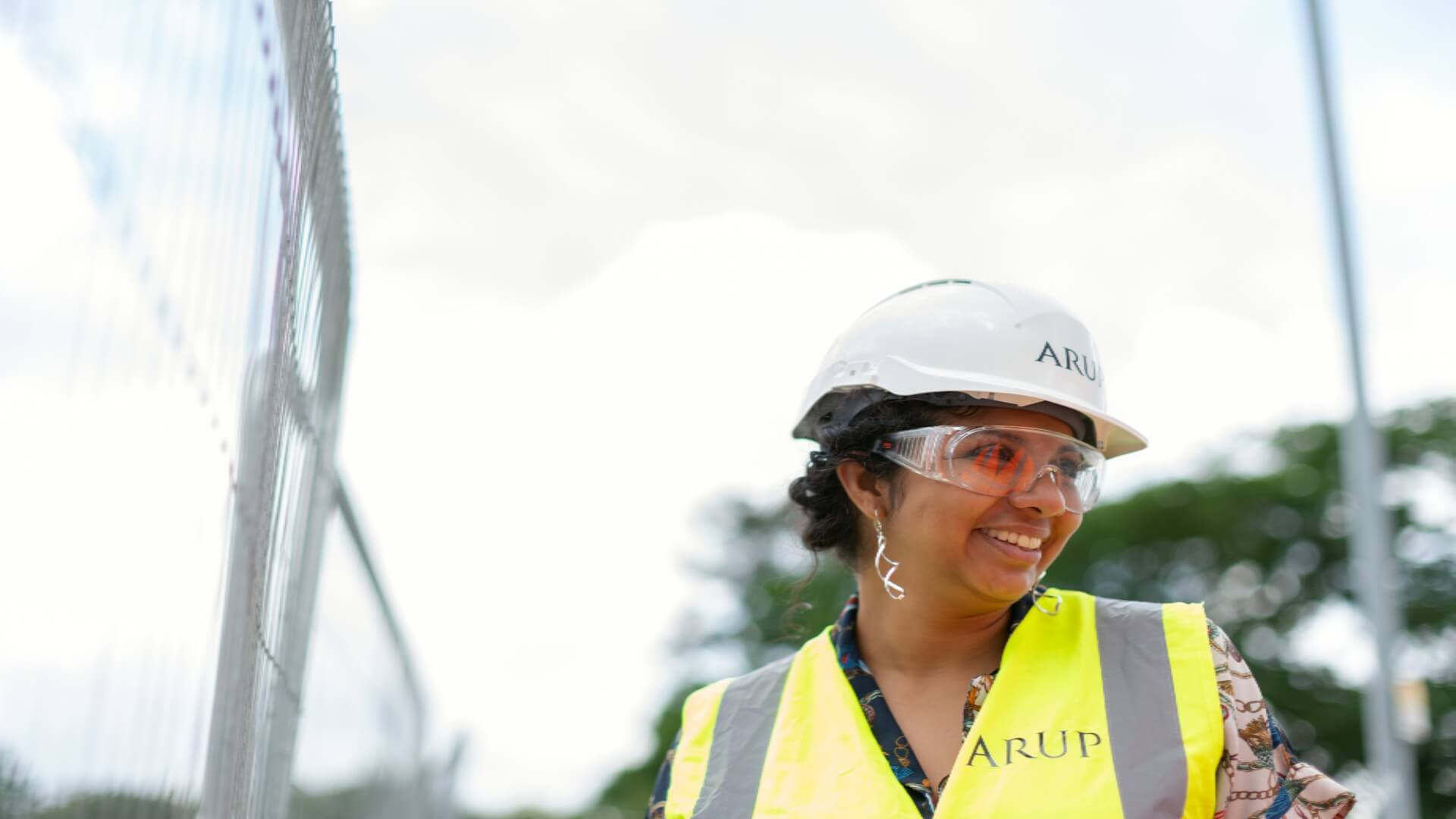There’s a lot of ways that a commercial real estate project can run away from you if you’re not serious about scheduling and budget from the very beginning.
Thankfully there are tactics that can help you hit targets and avoid delays and overspending, so let’s look at the most critical steps to take that will keep your clients happy as well!
Be realistic
The most common way to overshoot your planned timescale and spend for a project is to underestimate these two metrics in the first place.
There’s no point throwing out unrealistic claims of how quickly you’ll get the work done, or how affordable it will be just to impress clients, because when you inevitably fail to deliver, it’ll be a blow to your reputation.
It’s better to be honest and realistic about what’s achievable within the constraints of the scope of the project. That way you can stay on track rather than always feel like you’re playing catch-up.
Schedule tasks to run concurrently
While some duties will need to take place sequentially, others can be completed independently once you’re past a certain point.
So when laying out the schedule for the project, don’t just deal with tasks one by one, but look for examples that can overlap so that you’re not wasting time on-site.
Anticipate issues and build this into your plan
Part of being realistic about project scheduling and costs is knowing that things can and will go wrong. So if you accept this early on, you can adjust your schedule and budget to give you a cushion to encompass delays and additional expenses.
Make data-driven decisions
Use software like Northspyre to crunch the numbers and come up with actionable insights based on the plans you’ve made for your commercial real estate project.
Automation enables you to implement changes to the design and adjust material costs and scheduling accordingly, all without needing to go right back to the drawing board and recheck every last element manually.
This can save hundreds of hours of work, and hundreds of thousands of dollars, depending on the size of the project.
Realign your objectives on the fly
While sticking to a schedule and following a plan is good, it’s also important to be able to roll with the punches and adapt depending on the obstacles that arise once a project is up and running.
For example, if you find that there’s something preventing you from following the critical objectives you’d set down, you need to be able to refocus your resources on the things that can be handled in the interim, until you can return to the originally plotted path.
Don’t forget about cash flow
If cash flow becomes an issue, then construction projects can grind to halt even if everything else is going according to plan.
This could come about if you’re working with contractors and they don’t get paid in a timely manner, as this can have a knock-on effect which is hard to redress.
Including a clear payment plan as part of your project scheduling, and ensuring that this is agreeable to all parties before you proceed, is the ideal solution.
The bottom line
The more you can do to keep your commercial real estate project on track and on budget, the more delighted your clients will be. It’s a simple equation, yet one which is all the more relevant because so many projects do fall behind and end up costing more, so it doesn’t take much to stand out and impress.


































